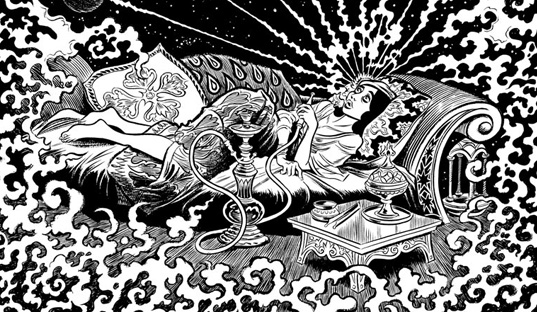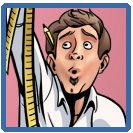“…if you here require a practical rule of me, I will present you with this: ‘Whenever you feel an impulse to perpetrate a piece of exceptionally fine writing, obey it—whole-heartedly—and delete it before sending your manuscript to press. Murder your darlings.”
Sir Arthur Quiller-Couch (1863–1944). On the Art of Writing. 1916.
Killing a project is one of the hardest things you will ever have to do. As long as I can remember I have had ideas for stories. As a child growing up in the woods of New Hampshire I would often spend an inordinate amount of time by myself acting out the stories in my head. This was fun for me. I would go on adventures with the X-men or create whole new characters for Spider-man to interact with. At some point I started creating my own universes.











